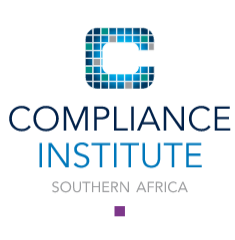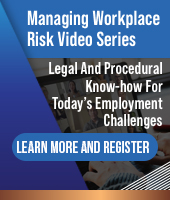Acquiring knowledge and skills
Publish date: 05 July 2019
Issue Number: 79
Diary: CompliNEWS
Category: General
By Lee Rossini
Changes in the financial services arena come thick and fast. Whether the changes relate to compliance, legal and technical knowledge, technology or client experience, it is essential that staff are aware, and their knowledge and skills are continuously kept current. In addition, as continuing professional development (CPD) is required by the FAIS Act, it is important to have a formalised knowledge acquisition and skills program in place.
Before using resources unnecessarily, it is important to assess what training is required, both in terms of the legislation and the needs of the business. Here are some basic guidelines to follow to ensure that your training program adds maximum value to the business:
Step 1: Carry out a knowledge and skills audit
When an analysis of the jobs that are needed in the business is done , a knowledge/skills audit should be carried out at the same time. To carry out the audit, note the skills, knowledge and qualifications of all employees (including senior managers) that are available within the business. The available knowledge, skills and qualifications should be assessed against the business goals, personal goals and service menu of the business. If a gap is identified between the knowledge and skills the business already has at its disposal and what it needs, there are different options that can be followed to close the gap. These options include:
- Educating and training existing staff in the areas where additional knowledge and skills are required;
- Employing new staff to fill the gap; or
- Reorganising the current roles filled by existing staff; this may result in the need to educate and retrain certain staff members.
By carrying out a knowledge and skills audit, you can answer the following questions:
- Is there really a training need or is there some other problem that appears to be a training need?
- Where is the training needed most?
- How big is the need for training? Is training needed by one or two staff members or is it needed throughout the business?
- Who should attend the training?
- Does the business have the capacity and resources to manage the training?
- How will the knowledge and skills acquired be integrated into processes to add the most value to the business?
Step 2: Decide on the education and training plan
The answers to these questions, together with the information gathered from the knowledge and skills audit should be used to draft an education and training plan. The plan should focus on the short, medium and long-term; the immediate essential-to-have educational and training needs of the business should be given preference over the nice-to-have educational and training needs.
After selecting the most pressing educational and training needs, the various options should be investigated and compared. The training may be carried out inhouse, outsourced, or done online. Before a final decision is made, the advantages and disadvantages of each option should be assessed. The following issues should be considered:
- The availability of the training (inhouse or externally sourced);
- The costs involved (both monetary and time off work for the staff who will be attending the training);
- The accessibility of the training; and
- The accreditation of the external providers.
Step 3: Measure the results of training
After staff have completed training or education of some sort, there should be a subsequent integration of knowledge or skills in the work environment. Without this, the resources spent on training may have been misplaced. To check whether integration is taking place, ask the following questions:
- What was the employee response to the training?
- Did the employees learn what they were required to learn?
- Is there a noticeable difference in their on-the-job performance?
- Does the employee manage their job more effectively?
- Are there fewer errors being made?
- Has there been a noticeable change in attitude?
- Is the employee more satisfied and therefore more productive?
- Has the training contributed to the achievement of the goals of the business?
- Has there been an improvement in client experience?
- Are the compliance standards being met?
The results or outcomes of training and/or education can also be tracked by:
- Checking whether the employee was awarded the qualification;
- Measuring the ‘hard’ results such as time, output, number of errors, quality of work and cost; and
- Measuring ‘soft’ results such as improved work practices, use of initiative, improved productivity, job satisfaction, improved team performance, attitude at work and culture of the business.
Ensuring that the knowledge and skills of staff are current and include any changes that are taking place in the external landscape is a surefire way of staying ahead of the curve. The best way forward for any financial advice business is to nurture a love of learning and self-development. Make it an integral part of the business culture by spending the necessary time and effort on drawing up a workable and effectively knowledge and skills acquisition plan. It will be worth it!
Source:
Rossini L and Maree J, The business of financial advice: A guide for financial advisers to building a service-based business (2015) Juta.





